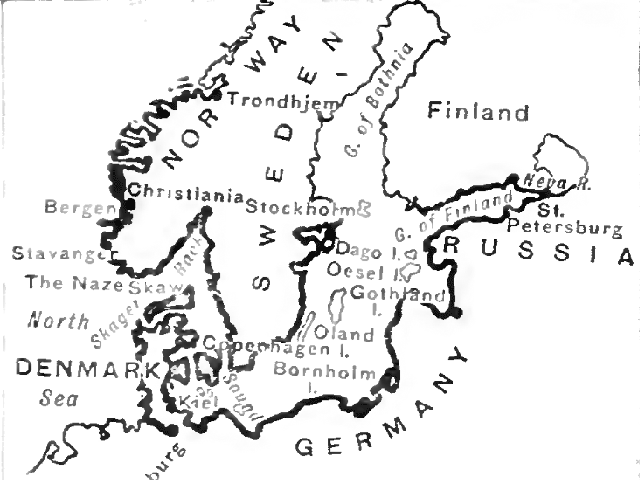<![CDATA[The 23rd August will mark the 25th Anniversary of one of history’s most moving acts of solidarity and peaceful protest. ‘The Baltic Way’ took place in 1989 when approximately two million people from the Baltic countries of Lithuania, Latvia and Estonia linked hands to form a 600km long human chain from Vilnius to Tallinn, via Riga. The chain was designed to symbolise the three countries unity in striving for independence from the Soviet Union. ‘Black Ribbon Day’, as the 23rd August was known, had been a day of protest in many of the Baltic cities since the 1980’s. It marked the anniversary of the Molotov-Ribbentrop Pact, the 1939 agreement between Stalinist Russia and Nazi Germany that carved Eastern Europe into ‘spheres of influence’ for each country, essentially deciding who would take what in an attempt to delay war on the Eastern Front. The pact may not have prevented a war between Germany and the Soviet Union, but it still led to the USSR occupying the three Baltic countries in 1940, a situation that continued for fifty years up to 1989. Molotov and Ribbentrop’s agreement was shrouded in secrecy. The USSR denied the existence of the secret protocols, even in the 1980’s. The official line pedalled in the Soviet History books was that all three Baltic States had joined the Union voluntarily. The protest on the 23rd August was designed to pressure the Soviet Union into revealing the pact’s secret clauses and stress the countries’ unity in demanding a return to independence. National Movements from the three Baltic states worked together to organise the creation of the human chain. Estonia’s Rahvarinne, Lithuania’s Sajudis and the Popular Front of Latvia coordinated the participants to gather in the cities, or drive to the less inhabited regions the chain would have to wind through to link the countries. At 19:00 the connection was made, a remarkable feat of organisation between three movements, all speaking different languages and at risk of suppression or punishment. There had been previous protests and mass demonstrations in the Baltic States, but nothing on the scale of the Baltic Way, and nothing which stressed the unity of the three nations in their striving for independence so effectively. 14th June 1986 saw the Remembrance Day for the victims of the 1941 deportations commemorated, something which would later become a joint remembrance campaign between all three states in the first hints at collaboration. On 23rd August 1987 demonstrations took place in the three capitals, but only with a few thousand participants. These were the natural precursor to the Baltic Way, however they ended in confrontations with the police. Several hundred protestors were detained, giving an insight into the very real risks of protest in the Soviet Union. This highlights the bravery needed by the organisers of the Baltic Way. It also shows an important lesson being learnt for the 1989 demonstration – peaceful protest was the only safe option. The most crucial aims of the protest were to increase awareness and visibility. Not just in the Soviet Union to pressure Moscow politicians into change, but internationally. In this sense it was a great success - the iconic image of a human chain was broadcast across the world. On top of this, solidarity protests took place elsewhere in the Soviet Union and also outside as far away as Toronto and Melbourne. After the protest, the USSR finally admitted to the secret clauses of the Molotov-Ribbentrop Pact, and accepted its invalidity. This was the crucial first step to the Baltic’s eventual independence. It also fostered a greater sense of political involvement and collaboration between the people of Latvia, Estonia and Lithuania, and symbolised a sense of political participation stirring throughout the Baltic and the Soviet Satellite States all the way to East Germany. It was this sense of having an active role in the political process that allowed democracy to flourish as the Soviet Union finally started to dissolve. ]]>
The Baltic Way and Black Ribbon Day
